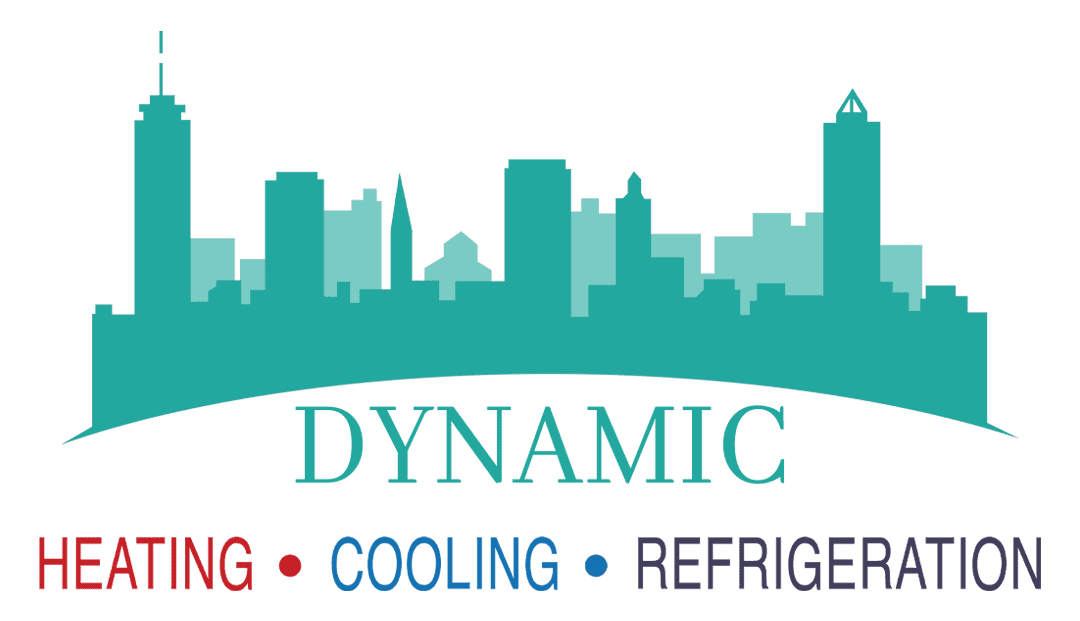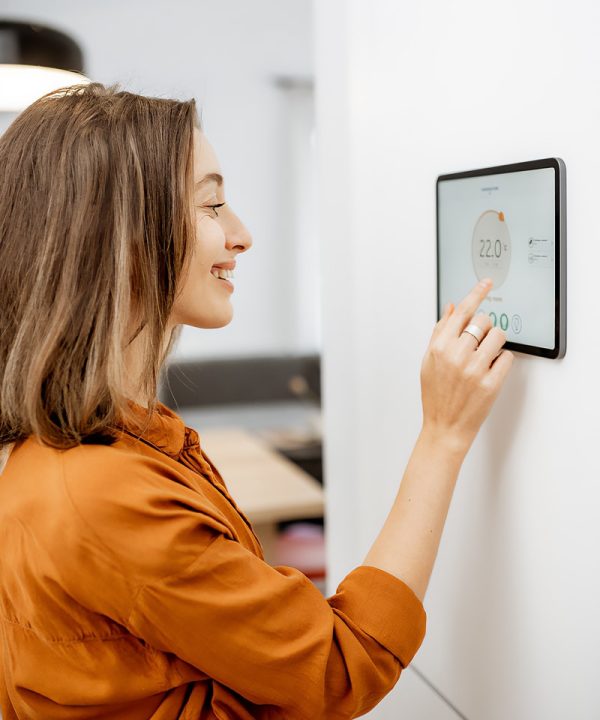Licensed Technicians
Our team of expert technicians is here to meet all your HVAC needs.
Fast, Reliable Service
We guarantee fast and reliable service for all your HVAC needs.
Emergency Response
Quick response to emergency HVAC situations to get you up running.
Competitive Pricing
Haggle-free pricing combined with top-quality workmanship.
Benefits of Upgrading Your Home’s Thermostat
Upgrading your home’s thermostat can bring a number of benefits including improved energy efficiency, increased comfort, and even lower energy bills. With today’s technology, you can also enjoy the convenience of a smart thermostat, allowing you to control your home’s temperature from your phone or tablet.
- Energy savings: A smart thermostat allows you to program your desired temperature settings and can automatically adjust based on your daily schedule, resulting in energy savings and lower utility bills.
- Remote control: With the ability to control your thermostat remotely using your smartphone or voice commands, you can easily adjust the temperature of your home even when you’re not there.
- Increased comfort: A smart thermostat can learn your preferences and adjust to your desired temperature settings, resulting in increased comfort and a more comfortable living space.
- Improved air quality: With the ability to monitor and adjust humidity levels, a smart thermostat can help improve the air quality in your home, making it a healthier and more comfortable environment for you and your family.
- Smart home integration: Many smart thermostats can integrate with other smart home devices, such as Amazon Alexa or Google Home, allowing for even more convenient and seamless control of your home’s temperature settings.
Common Residential Thermostat Issues
A malfunctioning thermostat can cause a variety of issues in your home, such as uneven temperatures or your HVAC system not turning on at all.
- Incorrect temperature readings: A malfunctioning thermostat can result in inaccurate temperature readings, causing your HVAC system to work harder than necessary and leading to increased energy costs.
- Difficulty with programming: If you have difficulty programming your thermostat, it could be due to a malfunction or a lack of understanding of the device’s features. This can result in a lack of control over your home’s temperature, leading to discomfort and increased energy costs.
- Inability to connect to WiFi: Smart thermostats require a connection to your home’s WiFi network in order to be controlled remotely. If your thermostat is unable to connect, it may be due to a problem with your network or the device itself, which can be resolved by a professional.
Our Team of Licensed Technicians
At Dynamic Heating and Cooling, our team of licensed technicians has the experience and expertise to provide reliable and efficient thermostat services. Whether you need repairs, replacement, or a new installation, we have the knowledge and tools to get the job done right. We pride ourselves on our commitment to customer satisfaction and strive to ensure that your home is always at the perfect temperature.
Thermostat Frequently Asked Questions
What is a smart thermostat?
A smart thermostat is an advanced thermostat that can be controlled remotely through an app on your smartphone or tablet, or even through voice commands. It allows you to control the temperature of your home or business from anywhere, at any time.
How does a smart thermostat save me money?
Smart thermostats can save you money by learning your habits and adjusting the temperature accordingly, which can help reduce your energy consumption. They can also be programmed to turn off when you’re not at home, which can help save money on heating and cooling costs.
Can I control my smart thermostat with my voice?
Yes, many smart thermostats are compatible with voice assistants like Amazon Alexa and Google Assistant, which allows you to control your thermostat with your voice.
How long do smart thermostats last?
The lifespan of a smart thermostat typically ranges from 5-7 years, depending on the brand and model.
Can a smart thermostat be used in a commercial setting?
Yes, smart thermostats can be used in both residential and commercial settings. They can be especially useful in commercial settings where there are multiple rooms or zones that need to be controlled.
What are the benefits of having a professional install my smart thermostat?
Having a professional install your smart thermostat ensures that it will be installed correctly and configured to work with your HVAC system, which can help ensure optimal performance and energy savings. It also ensures that the thermostat is properly connected to your wifi network, which is essential for remote control and monitoring.

